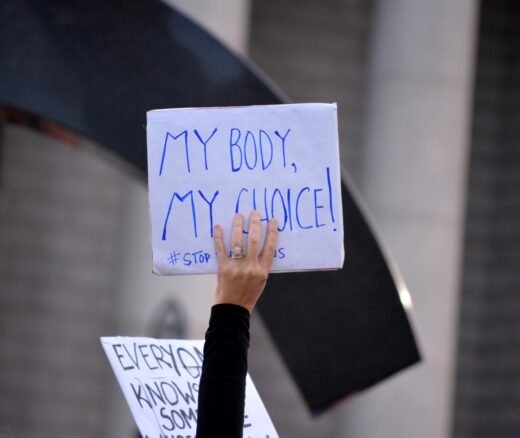Less Postacute Care for Medicare Advantage Beneficiaries Does Not Mean Worse Health
Research Brief: Shorter Stays in Skilled Nursing Facilities and Less Home Health Didn’t Lead to Worse Outcomes, Pointing to Opportunities for Traditional Medicare
Blog Post
More than 26 million Americans lack health insurance, and many millions more are underinsured. They can still receive acute care, however, because of federal support in the form of subsidies that compensate safety-net hospitals and other facilities for treating patients regardless of their ability to pay.
These subsidies expand access to care and provide hospitals with the financial support they need to stay open. They also appear to play an important role in care quality, with research showing an association between subsidies to hospitals that serve low-income patients and declines in patient mortality.

But are the payments going to the right hospitals—that is, those focused on serving low-income patients? To find out, LDI Senior Fellow Paula Chatterjee, MD, MPH, and senior author William L. Schpero, PhD, at Weill Cornell Medicine, conducted an in-depth analysis of the Medicaid Disproportionate Share Hospital (DSH) program, which pays out nearly $20 billion to hospitals annually through a long-standing federal-state partnership. Federal statute outlines criteria for identifying hospitals that must receive payments, but little is known about how states allocate payments outside of those criteria—or what impact they have on access to care for low-income Americans.
As described in the December issue of Health Affairs, Chatterjee and her coauthor assessed whether DSH funds were allocated as intended based on three measures. The first, based on federal law, designates hospitals that provide care to a high percentage of patients insured by Medicaid or who are low-income. The authors defined the other two measures based on the intent of the law; hospitals receiving DSH payments that exceeded the state median in the share of care for Medicaid patients or the share that is uncompensated, are considered in line with the intent of the regulation.
Encouragingly, they found that most Medicaid DSH funds are given as intended. More than half of hospitals overall (57.2%) received DSH payments, and most of these payments (93.8%) went to hospitals that met at least one of the three criteria.
However, a small but sizeable group of payments (6.2%) went to hospitals that met none of these criteria. In fact, depending on how they analyzed the data, the researchers estimated that almost a third of DSH payments went to hospitals that were not highly oriented toward caring for low-income populations. These hospitals provided some level of care to uninsured patients and those with Medicaid, but not at the high level of the hospitals that met at least one of the authors’ criteria.
“‘Targeting’ of these payments can mean different things to different states, and I think our results really highlight the extent to which states have flexibility in making these determinations,” Chatterjee said.
Based on their findings, the researchers suggested that at least some DSH payments should be realigned to better meet the program’s goals. They called on policymakers to refine the program, including by:
“The DSH payment program is an essential piece of safety-net hospital financing, but it hasn’t been updated or revised in response to the evolving challenges that low-income populations face,” Chatterjee said. “We hope these findings can begin to point policymakers in the direction of potential policy updates.”
The study “Variation and Changes in the Targeting of Medicaid Disproportionate Share Hospital Payments to U.S. Hospitals” was published in Health Affairs on December 5, 2022. Authors are Paula Chatterjee, Soham Sinha, Olivia Reszczynski, Anita Amin, and William L. Schpero
The study “Structural Racial Disparities in the Allocation of Disproportionate Share Hospital Payments: A Cross-Sectional Study” was published in JAMA Network Open on November 3, 2022. Authors are William L. Schpero and Paula Chatterjee.
Research Brief: Shorter Stays in Skilled Nursing Facilities and Less Home Health Didn’t Lead to Worse Outcomes, Pointing to Opportunities for Traditional Medicare

How Threatened Reproductive Rights Pushed More Pennsylvanians Toward Sterilization

Abortion Restrictions Can Backfire, Pushing Families to End Pregnancies

They Reduce Coverage, Not Costs, History Shows. Smarter Incentives Would Encourage the Private Sector
Research Brief: Less Than 1% of Clinical Practices Provide 80% of Outpatient Services for Dually Eligible Individuals

New Findings Highlight the Value of 12-Month Eligibility in Reducing Care Gaps and Paperwork Burdens